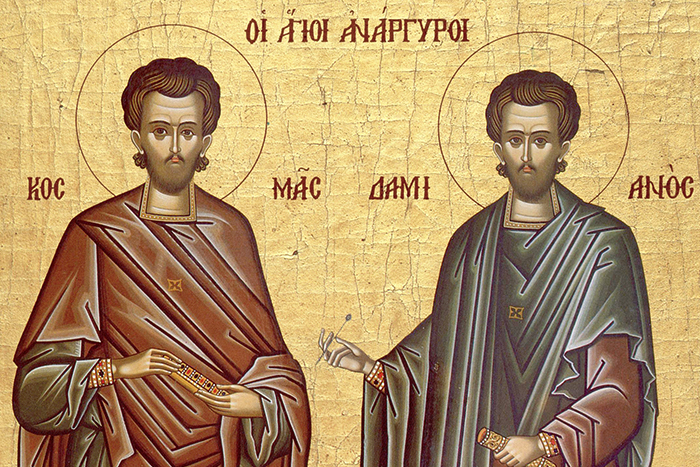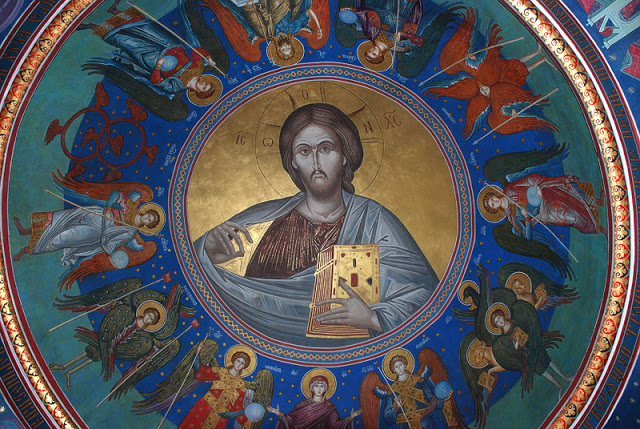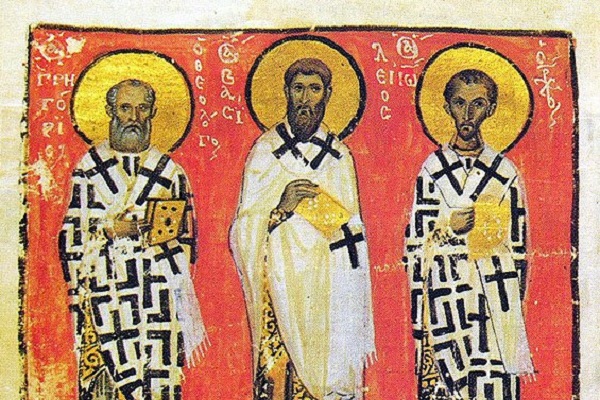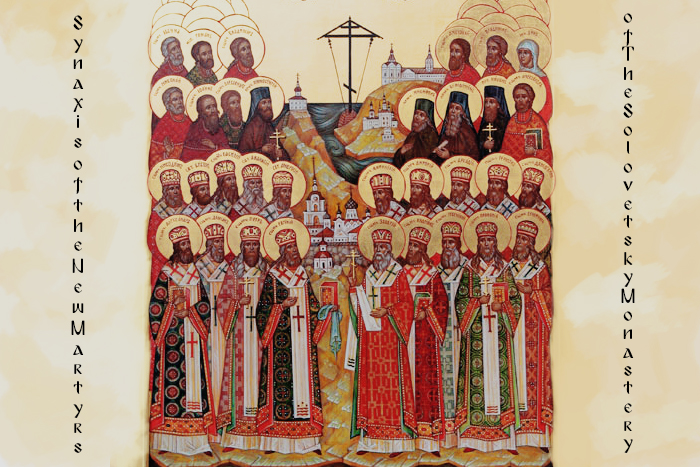
As we commemorate the New Martyrs and Confessors of Solovki, it is important not only to honor this day by participating in the Divine Liturgy and partaking of the Bloodless Sacrifice in tribute to them who are now standing before God’s Throne, but also to take a closer look at their heroic deeds and their virtuous life in Christ. As we read the lives of these saints, we can be immersed in their time and empathize with them. Let us recount just a few edifying episodes from the biographies of several new martyrs of Solovki, both canonized and not, so as to imprint in our memory what our fellow Christians went through and how they glorified the name of God in bonds and tribulations that befell them.
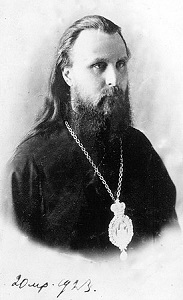
Hieromartyr Hilarion (Troitsky), †1929 His Eminence was sentenced to 3 years on the Solovki Archipelago. His integrity, honesty, and kindness earned him respect even among guards and criminals. Many saw him as a spiritual father. He was a missionary to the souls already poisoned by unbelief, and many found salvation thanks to him.
When Lenin died and all prisoners were ordered to stand in his honor, the Most Reverend Hilarion refused, despite the fact that quite a few of his inmates, including clergy, urged him to honor the memory of the great man. While in exile, the archbishop, along with other bishops and priests, was engaged in mending fishing nets. He joked about it once, “The Holy Spirit teaches us everything: first, He taught fishermen theology, and now, vice versa, He teaches theologians to fish.”
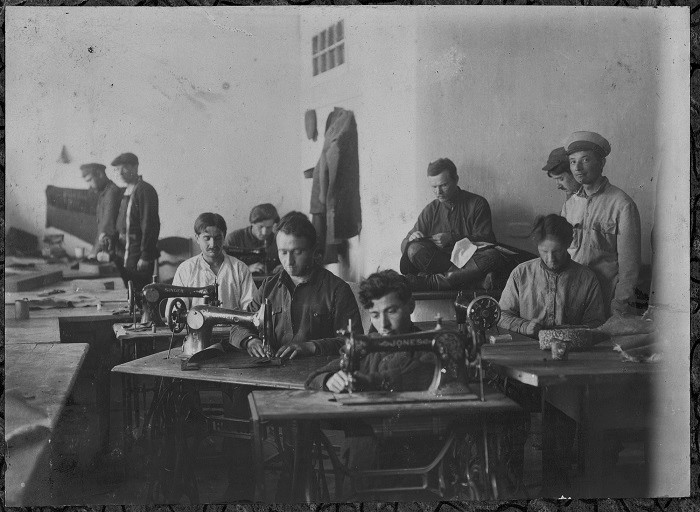
Boris Shiryaev, a writer who was also in prison on the Solovki, describes a case when the fiercest camp security chief, Mr. Sukhov, and a few other men were carried away into the sea on a boat during a storm. Their death seemed inevitable. Archbishop Hilarion ordered to prepare another boat and, despite the deadly risk, rushed to the rescue with four monks. Having struggled with the forces of nature for many hours, they all were saved. His Eminence died of typhus during a transfer between prisons.

Father Nicodemus was an ordinary priest from Poltava. No one ever sent him parcels or letters, which the Solovki prisoners needed so much. Perhaps the relatives simply did not know where Father Nicodemus was being held. He impressed his fellow inmates with the fact that he was dragged on a rope through the windows of cells or was allowed to go to rehearsals at the camp theater under the guise of an actor and could secretly listen to confessions of ex-prostitutes who had turned to God.

Father Nicodemus died on the famous Sekirnaya Gora, the most terrible place of torture on the Solovki. According to survivors, the two-storeyed cathedral was equipped with punishment cells, where prisoners were forced to sit on thin poles stretched between the walls. Their legs did not reach the floor and it was hard to keep balance. Those who fell on the floor were severely beaten or tied to a log and thrown down a 365-step staircase. They slept on an icy floor at night, and people lay on top of each other in stacks, so as not to freeze to death. Those who were in the lower rows of the stack suffered the most. Father Nicodemus died of cold or choked to death in one of these rows.
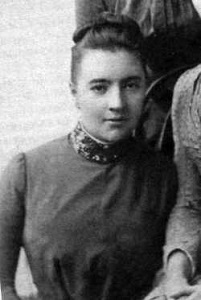
Baroness Natalia Frédérix (†1926), a 65-year old former maid of honor of three empresses, was also a notable prisoner of Solovki. An aristocrat, for whom every second in stinking barracks could be a terrible torture, she managed to preserve human dignity and genuine nobility of the soul. Once on the Solovki, she was appointed to carry heavy bricks. Soon she was chosen to be the cleaner of the large cell, which she shared with other female prisoners. It postponed her deadly fate. Her friendly attitude towards other women soon began to yield fruit, although they had been hostile to the noble lady at first. It is known that thanks to Lady Frédérix, several former prostitutes came to believe in God and, even under the threat of death, received the communion of the Holy Eucharist, secretly brought to them by Father Nicodemus from Poltava, known as “the comforting priest”. When the typhus epidemic broke out, the Baroness and several other women volunteered to become sisters of mercy, thus effectively signing their death sentences. The conditions of the typhoid barracks were appalling. For instance, the sisters had to sweep up dirty wood shavings from under the beds. Soon the maid of honor herself was infected. When they found rash on her neck, she was instructed to go to the hospital ward, to which she replied: “Why? Don’t you know that at my age, people don’t recover from typhus? The Lord calls me to Himself but I am going to be able to serve Him for two or three more days…” She died three days later while tending to her patients.
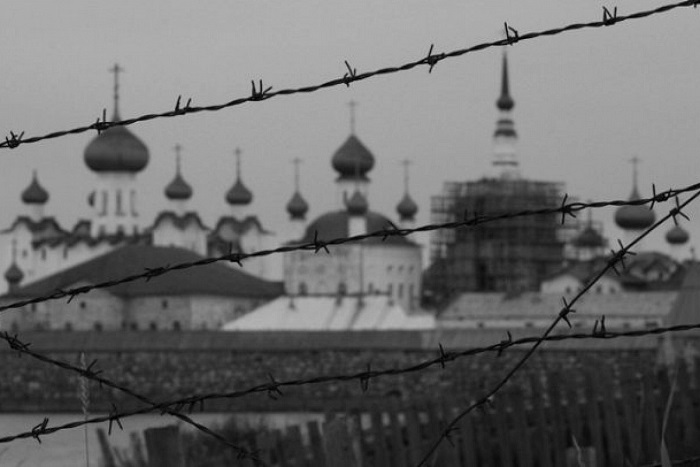
The new martyrs of Solovki who were on this Russian Golgothas are a lesson to all of us how to remain human and, even more so, a Christian, even in the most brutal and inhumane conditions, when you are freezing and hungry. As long as there are people like those who suffered for Christ on the Solovki, we can hope that there is still enough love left on this earth, which means that the Lord is still waiting for us to improve our lives.
You can order an icon of any saint in our icon-painting studio

